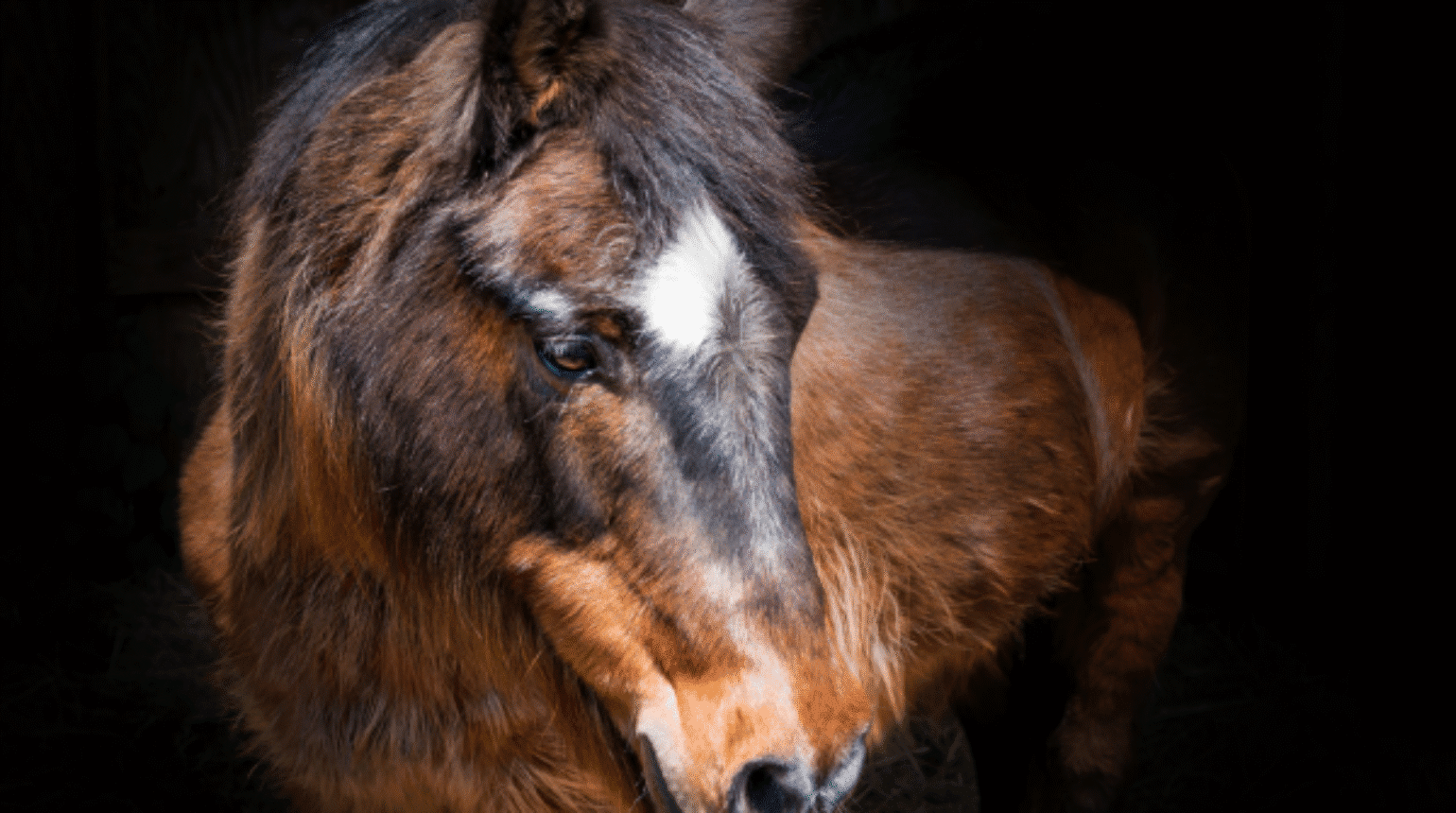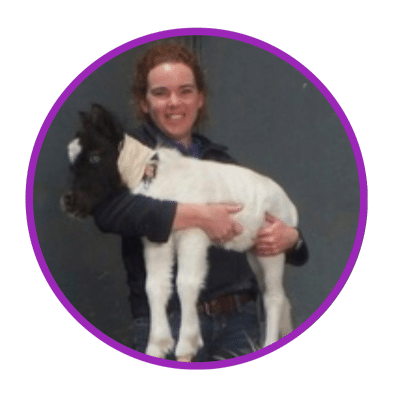Field solutions for dystocia management (2023)
James R. Crabtree BVM&S CertEM(StudMed) FRCVS. Equine Reproductive Services (UK) Ltd. Trigger Castle, Malton, North Yorkshire, United Kingdom Written 2023
Proceedings: WEVA CONGRESS 2023
Dystocia is encountered in approximately 10 % of births (McCue and Ferris 2012).. The approach to dystocia in the field setting is governed by the level of experience of the attending clinician and assistance provid- ed by mare owner or stud manager. If manipulation of the fetus (mutation) does not rapidly correct the malposture one has to decide if delivery is to be attempted via a controlled vaginal delivery under general anaesthesia, fetotomy, or refer for caesarean section. Many referral centres will have a dystocia manage- ment protocol (Lynch Norton et al. 2007), designed to minimise the time from admission to foal delivery or surgical incision, to maximise foal survival rates. In some cases economic and geographic considerations mean that there is not an opportunity to refer and clients look to the attending clinician to resolve the situ- ation one way or another.
One needs to quickly take control of the situation. A brief physical examination of the mare should be performed to determine her physical status, followed by evaluation of the reproductive tract to identify the problem and determine if the fetus is alive. Fetal viability is determined using limb withdrawal, ocular reflex, swallowing reflex, heart beat, and anal reflex, however it is not always easy to determine conclusively that a foal is dead. History should be taken from the attendees; when was she due, when was she last observed, how long has she been foaling for, what actions have been taken, has the mare had any previous prob- lems? In order to restrain the mare intravenous sedation may be indicated, the author prefers romifidine (without butorphanol) for initial sedation and this is advantageous if the situation progresses to anaesthe- sia however. Alpha2 agonist can be used in combination with butorphanol and/or acetylpromazine.
Assisted vaginal delivery
Any abnormal combination of the extremities, single limb, fore and hind limbs, three limbs, absence or pres- ence only of the head indicates a maldisposition. The duration of the dystocia, state of the reproductive tract and fetal viability will dictate what happens next. The ability to deal with these cases quickly lies not only in experience with techniques but in the decision making process. It is important for the attending clinician to ask themselves have they got the equipment and the expertise to deal with this within the next 15 minutes, if not, does one need to have an alternate plan?
In order to even start the following obstetrical equipment should be available: Clean obstetrical chains (or ropes) with handles: 2 x leg @ 1100mm; 1 x head @ 1400 to 2000mm, obstetrical lubricant and buckets, clean stomach tube and pump, tail bandage.
Liberal application of lubrication around the fetus and within the uterus will greatly aid in fetal repositioning and subsequent extraction. Once the fetus has been correctly aligned traction can be applied, as a general rule the force applied to should not exceed that which can be applied by two people; excess force inevitably leads to damage to the reproductive tract of the mare and potentially to the foetus. Traction is best applied along with straining of the mare, alternate-limb traction (up to 10 cm) applied until both forelimbs extended and then simultaneous traction applied to extract the chest, minimises the force required. The use of a head rope will spread the tractional forces between the extremities and offers a significant advantage in tight situations. Ideally two assistants will apply traction under direction of the clinician allowing them to have hands free to monitor progress of the delivery. Traction should be applied in a downward direction and if the mare is recumbent this can be applied towards or between the mare’s hind legs resulting in flexion of
the fetal spine which is advantageous when the fetal hindquarters engage. Rocking of the fetus from side to side can aid extraction.
Controlled vaginal delivery
If the foal is viable and assisted vaginal delivery is not possible one could consider a controlled vaginal de- livery under GA, however beware maldispositions such as anterior ventro-vertical with bilateral hip flexion (dog-sitter), posterior bilateral hip flexion (breech) and transverse presentations (ventro- or dorso-trans- verse), as they can be extremely difficult if not impossible to correct even with the benefits of anaesthesia. The author induces anaesthesia using ketamine and diazepam and has top-ups of ketamine and romifidine available as required. Skilled assistance in such situations is extremely valuable so if professional assistance is available, it should be called for. Elevation of the hind limbs during anaesthesia can be advantageous to increase the space available in the caudal abdominal cavity enabling the clinician to repel fetal parts to correct a maldisposition and align the fetus.
Fetotomy
Fetotomy can be an extremely valuable procedure that can avoid the need for prolonged manipulations or caesarean section. In the hands of a clinician experienced in the technique, mare survival and future fer- tility can be better than cesarean section. However in inexperienced hands it has the potential to damage a mare, compromising future fertility or put the mare’s life at risk. Although one may find oneself requiring the technique as a last resort, for the best outcome for the mare the decision to perform a fetotomy should be made as early as possible. If fetotomy is to be in the clinicians ‘toolkit’ one should make a plan in ad- vance as specialised equipment is essential for anything but the simplest of cuts.
I would like to take this opportunity to thank my sponsors, without whose support I would not have been able to present at the conference. With many thanks to BOVA Specials UK Ltd, MSD Animal Health UK & Equine Reproductive Services (UK) Limited.
Bibliography
McCue, P. M. and Ferris, R. A. (2012) Parturition, dystocia and foal survival: a retrospective study of 1047 births. Equine Veterinary Journal Suppl. 44, Supp 41, 22-25.
https://doi.org/10.1111/j.2042-3306.2011.00476.x
Lynch Norton, J., Dallas, B. L., Johnston, J. K., Palmer, J. E., Sertich, P. L., Boston, R. and Wilkins, P. A. (2007) Retrospective study of dystocia in mares at a referral hospital. Equine Veterinary Journal. 39, 37- 41.
https://doi.org/10.2746/042516407X165414
James graduated from the Royal (Dick) School of Veterinary Studies, Edinburgh in 2001. After four years in mixed practice he travelled between the hemispheres working for a number of years in specialist stud prac- tice in the UK, Australia and New Zealand. In 2010 he was awarded the RCVS certificate in Equine Stud Med- icine and in 2011 became a lecturer at Liverpool University examining the stud medicine certificate since 2012.
James has published work on many topics relevant to clinical practitioners including material on breeding soundness evaluation, infectious disease, peri-partum problems, ovarian abnormalities, oestrus suppression, persistent endometrial cups, management of spring transition and twin pregnancy. James continues to per- form and publish practice based research and collaborates widely. In 2013, he became director of Equine Reproductive Services (UK) Limited growing and developing a busy first opinion and referral equine practice in Yorkshire. James is recognised as an Advanced Practitioner in Equine Stud Medicine, he is a current BEVA council member and trustee of the International Equine Reproduction Trust.
James has made a sustained and significant contribution to veterinary professional development with formal and informal teaching and assessment of post graduates. James has organised and delivered many CPD courses and congresses in the UK and Europe and has delivered presentations on material ranging from basic to advanced topics around the World. In 2022, his efforts were recognised by the Royal College of Veterinary Surgeons who awarded James with a Fellowship for meritorious contributions to clinical practice.




